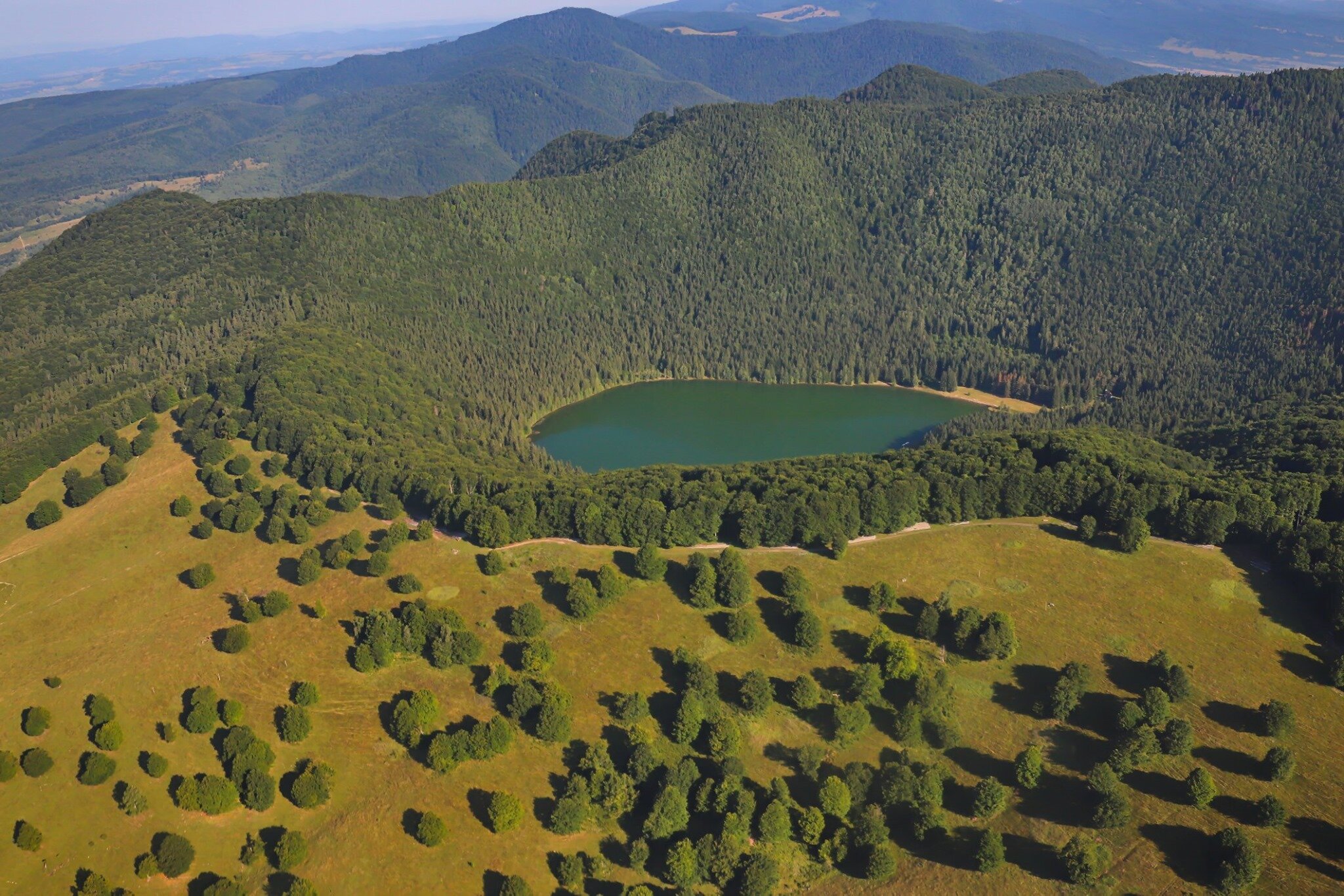Can a volcano erupt after tens of thousands of years of dormancy? If so, how can this be explained and what makes volcanic eruptions more dangerous?
A team from the ELTE Eötvös Loránd University, Institute of Geography and Earth Sciences, and the HUN-REN-ELTE Volcanology Research Group, in cooperation with other scientists from Europe, studied Ciomadul, the youngest volcano in the Carpathian-Pannonian region.
Using high-resolution integrated mineral texture and chemical composition data, they quantified the conditions of magma evolution, reconstructed the architecture of the subvolcanic magma reservoir, identified the characteristics of the resident crystal mush and the recharge magmas, which triggered the eruptions, and explained why volcanic activity in the last active period became predominantly explosive.
The eruptive history of Ciomadul was previously revealed by the research team using U-Th-Pb-He geochronology of a tiny crystal, zircon. Szabolcs Harangi, professor and leader of the research project, says that “there have been several long periods of dormancy in the almost million-year life of the volcano, but even after tens of thousands, sometimes even more than 100,000 years of quiescence, volcanic eruptions started again.”
The most significant volcanism took place in the last 160,000 years, with lava domes extrusions between 160 and 95 thousand years ago, and then, after more than 30 thousand years of dormancy, eruptions resumed 56 thousand years ago.
2023-12-13 02:41:03
Article from phys.org rnrn
